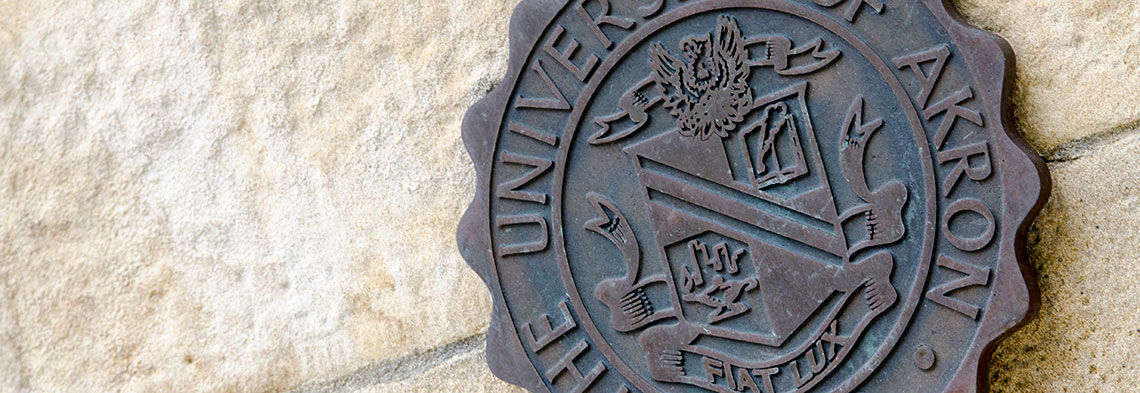Document Type
Article
Publication Date
July 2011
Abstract
Trafficking in stolen art and looted antiquities is a multi-billion dollar enterprise. Stolen art and looted antiquities are ultimately sold to museums or private collectors. Sometimes the purchasers acquire them in good faith. But other times, the purchasers know, suspect, or willfully blind themselves to the possibility that the piece was stolen or illegally excavated and exported up the chain of title.
This problem is compounded by customs and course of dealing in the art and antiquities trade. Dealers generally decline to provide meaningful information to prospective purchasers about the provenance of a piece, and sophisticated purchasers customarily acquiesce in this “don’t ask, don’t tell” negotiation process.
Within the last decade or so, insurers have begun to sell title insurance on artwork and antiquities. The purpose of these policies is to compensate the insured if they are later compelled to surrender their art or antiquity to the true owner.
But title insurance cannot be sold unless the insured has an insurable interest in the subject property. And even a good faith purchaser for value acquires no insurable interest in stolen property. Further, as a matter of public policy, title insurance should not be made available to persons who have failed to exercise due diligence to assure themselves that title to the object is good (that is, that it was neither stolen nor illegally excavated and exported from its country of origin).
To that end, regulators should prohibit the sale of title insurance on artwork unless the proposed insured produces certificates demonstrating that searches have been conducted of the leading online art theft databases, and that the piece has not been reported stolen. For antiquities, regulators should prohibit the sale of title insurance unless the proposed insured can produce evidence that the work was published or on display in the United States prior to 1970, or can produce the original signed export license.
Publication Title
Quinnipiac Law Review
Recommended Citation
Robert L. Tucker, Stolen Art, Looted Antiquities, and the Insurable Interest Requirement, 29 Quinnipiac L. Rev. 611 (2011).
Included in
Civil Procedure Commons, Commercial Law Commons, Entertainment, Arts, and Sports Law Commons, Insurance Law Commons, International Law Commons, Internet Law Commons, Litigation Commons, Torts Commons



Comments
This article originally appeared at 29 Quinnipiac Law Review 611 (2011).